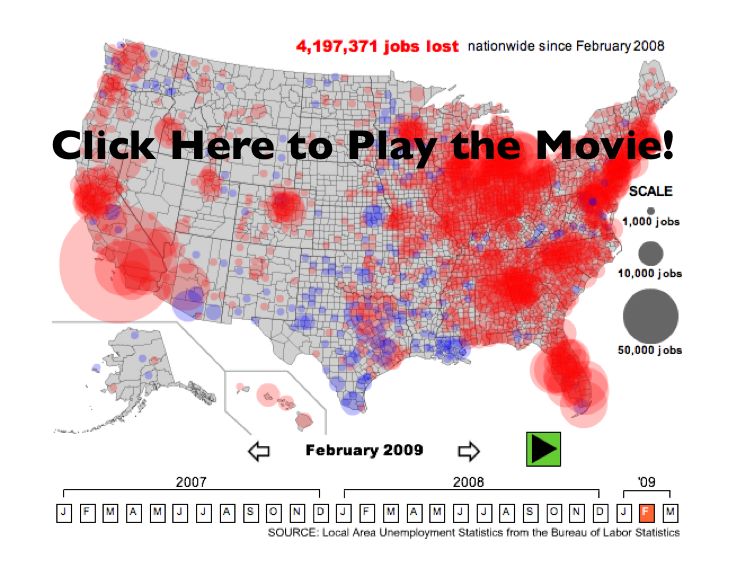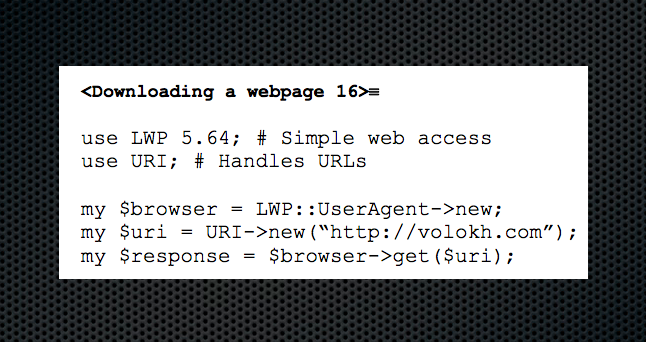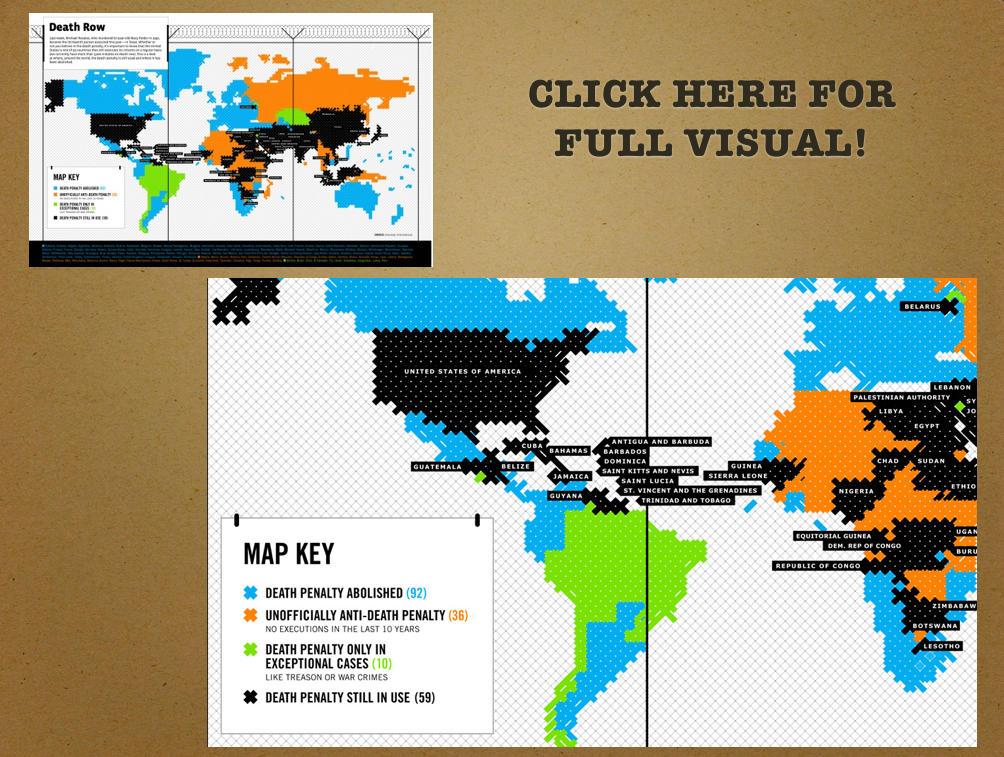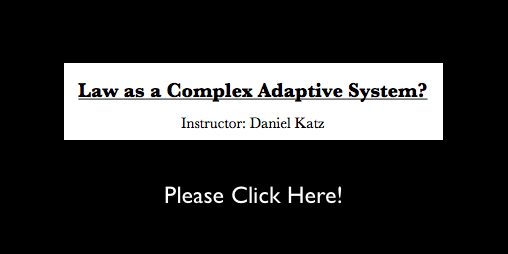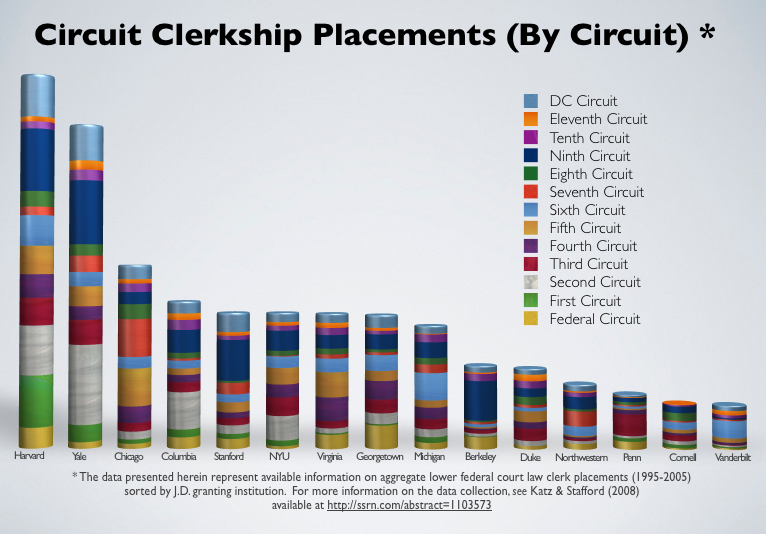Live from Barcelona, we are on the road at the International Association for Artificial Intelligence and Law. Henry Prakken has just delivered the keynote address and we will soon be giving our presentation. The conference is interesting as it embraces a wide range of topics and intellectual traditions. For example, there is a significant emphasis on ontological reasoning, computational models of argumentation and the use of XML schemas. In addition, there are a number of folks using graph theoretic techniques and applying them to the development of the law. It has been a nice few days and we have enjoyed our time here. Tomorrow, the trip continues….
–
On the Road Again… Trip to Colorado Law School
We just finished a few very interesting days at Colorado Law School. Given the intersect of Computer Program and Law is a fairly narrow set, it was great to spend sometime time at CU Law School because its faculty features two scholars with a significant programming background — Paul Ohm and Harry Surden.
In addition to discussing CLS, we participated in a workshop on New Institutional Economics (NIE) and Law. I found this workshop very interesting as outside of my work in Computational Legal Studies, I have authored scholarship at the crossroads of New Institutionalism and Constitutional Political Economy. For example, I have this article and this work in progress. My work follows the tradition of the Bloomington School of NIE. In two weeks, I will be presenting work in progress at ISNIE in Berkeley.
Following the Colorado NIE Workship, we participated in the Silicon Flatirons Government 3.0 roundtable. I do not want to preempt the forthcoming white paper but I will say that it was a very worthwhile discussion. It solidified my views on some topics and changed my mind on some others. So, the road show continues… AI & Law in Barcelona starts tomorrow… so light blogging for the next week. But as I like to say… more to come…
Visualization of the Ideological History of the Supreme Court
Here is a cool visual for the Martin-Quinn Scores. For those of you not familiar, the Martin-Quinn paper and “MQ Scores” represented a significant breakthrough in the field of judicial politics. On that note, Stephen Jessee & Alexander Tahk have done a nice job both bringing their data up to date and extending their work. For those interested, click on the visual above and check out all of the relevant links contained within this post.
The General Motors Corp. [From the Guardian]
On this tough day here in Michigan … here is the visualization from the Guardian. Bracketing poor performance in the domestic market, there are some bright spots here in the company’s worldwide sales.
Tracking the TARP [From Information Aesthetics]
Information Aesthetics is now highlighting Subsidyscope — a project designed to track how various institutions receive federal monies. Of particular interest is their visualization of disbursements under the Troubled Asset Relief Program (TARP). Sponsored by the PEW Charitable Trust, the site also contains .csv files for most of the underlying data.
An Exchange in Need of Empirics and an Analytical or Computational Model
On a recent flight, I read Jeffrey Toobin’s New Yorker Article on Chief Justice Roberts entitled “No More Mr. Nice Guy”. The exchange quoted above is drawn from this article. While I believe it is appropriate to engage empirical data where available, the underlying discussion is not one exclusively subjectable to empirical inquiry. Rather, it is, at least in part, a question in need of a formal theoretic model. Justice Roberts and Mr. Katyal are implicitly discussing a “state of the world” not yet realized but which would be realized if the statute were not to exist. What would benefit the discussion is principled manner to adjudicate between these two inferences drawn above. Namely, it would be useful to fully evaluate what behavior would likely follow if the statute were not to exist.
There exist a variety of mathematical modeling techniques which could inject some much needed rigor into the above discussion. To my knowledge, such an applied model has yet to be offered. The Supreme Court’s decision in the matter is soon forthcoming. Given the nature of the exchange above, there is reason to believe that if Chief Justice Roberts prevails ….we will get our model as the “state of the world” discussed above will no longer be hypothetical….
Data.gov is Now Online
Important thing worth noting … data.gov went online during our break …. From the front page “The purpose of Data.gov is to increase public access to high value, machine readable datasets generated by the Executive Branch of the Federal Government. Although the initial launch of Data.gov provides a limited portion of the rich variety of Federal datasets presently available, we invite you to actively participate in shaping the future of Data.gov by suggesting additional datasets and site enhancements to provide seamless access and use of your Federal data. Visit today with us, but come back often. With your help, Data.gov will continue to grow and change in the weeks, months, and years ahead.”
Marginal Returns and the Mechanics of a Computational Legal Study
As noted earlier, we imposed a break over the Memorial Day Weekend and hope to return to a regular posting schedule this week. For the first post of the week, we want to reach out to readers exclusively socialized in legal or traditional social scientific circles. Namely, we recognize that a number of the approaches highlighted herein are not currently within the mainstream. Thus, many may not be familiar with the methods presented on this blog. So, just to reset ….
On this blog, we discuss scholarship or projects applying a computational, complex systems or informatics approach to questions of potential interest to legal and/or social science scholars. Our approach is unappolgetically interdisciplinary as we attempt to weave together a wide range of scientific methods and intellectual traditions. We have or will feature relevant scholarship from computer science, physics, network science, empirical legal studies, information visualization, new social history, computational politics and economics, mathematical sociology, behavioral biology, neuroscience, anthropology, linguistics ….
We have deeper motivations — but at a minimum — we believe the embrace of the techniques presented herein is justified as a search for intellectual returns on investment. While not applicable to all substantive questions, where appropriate we believe our approach to scholarship can convert higher-hanging fruit into low-hanging fruit.
It is hardly a revelation to note that disciplines tend to be insular. They develop cultures of intellectual reenforcement that can operate to stymie innovation by punishing deviations from status quo practices. Recognizing that switching costs are non-trivial, we want to once again highlight two articles previously discussed on this blog. For those interested in exploring a different terrain, we believe these articles offer both the rationale for and some of the mechanics of a computational approach to legal studies.
The first article, drawn from a recent issue of Science Magazine and authored by some of the leaders in field, highlights some of the possibilities of and potential perils associated with a computational revolution in the social sciences. It is a call to arms to many in social science circles. In a similar vein, Paul Ohm’s forthcoming article represents the law review analog. Among other things, Professsor Ohm offers a concrete playbook for those interested in applying the relevant mechanics to some discrete question of interest. The code displayed above is drawn from his article.
Measuring the Centrality of Federal Judges
Above are some graph statistics from our paper Hustle and Flow: A Social Network Analysis of the American Federal Judiciary. The paper measures the aggregated window of 1995-2005. These, of course, are not the only measures of centrality but they are commonly used in the network science literature. If you are interested — click through to the paper for a description of how these measures are calculated.
We believe these and other elements of the paper offer a good cut on the question of social prestige within the American Federal Judiciary. For example, in the paper we offer a graph visualization where Judge now Justice Alito as well as Judge turned Attorney General Michael Mukasey occupy an extremely central social position (just outside of the Top 25). We think this is useful because their social prestige is measured at a time period prior to their respective nominations. With appropriate control variables for the respective office in question … perhaps we might have been able to predict their nomination?
For purposes of the current Supreme Court opening and conditioned on the selection of a lower court justice with “blue team” credentials, we believe these graph statistics indicate Judge Sonia Sotomayor, Judge Merrick Garland , Judge William Fletcher & Judge David Tatel all occupy high levels of social prestige among their fellow judges and justices. Debate regarding qualifications of various individuals is likely to continue. While certainly not dispositive, we thought it appropriate to offer some social scientific evidence on the question.
President Obama might go outside the tradtional Federal Court of Appeals judge on this round. For example, Governor Jennifer Granholm, Solicitor General Elena Kagan and Homeland Security Secretary Janet Napolitano appear to be on the short list. However, keep these names in mind as this is probably not President Obama’s last nomination to the high court.
Various Explanations for the Financial Crisis-(From Information Aesthetics)
While the explanations might be imperfect in some respects, we are following the lead of Information Aesthetics and linking you to some videos potentially useful for explaining the financial crisis to a lay audience. Click above and it will lead you to several interesting videos … from there it is possible to traverse the YouTube graph out to see many others.
Death Penalty Around the World — (From Flowing Data)
Blogging is going to be light from here through Memorial Day …. but we will back to a more typical posting cycle in late May. In the meantime, we thought we would briefly highlight an interesting visual we saw over at Flowing Data. This visual produced by Good Magazine maps the use of the death penalty across various countries.
Syllabus–Modeling Law as a Complex Adaptive System
Several months ago, I put together this syllabus for use in a future seminar course Law as a Complex System. A number of my friends and colleagues noted that if were to actually use this syllabus in a course, it would be necessary to reduce the total reading in contained herein. While I completely agree, I still thought I would post it to the blog in its current form. I am proud to say that I am an award winning instructor. Notwithstanding, I am always interested in improving my pedagogical skills. Thus, if you see any law related scholarship you believe should be included please feel free to email me.
Data on the Law Clerkship Tournament: Take 2
Highlighting underlying data Derek Stafford and I collected for our article Hustle and Flow: A Social Network Analysis of the American Federal Judiciary — here is some additional information on the law clerk tournament. In the original post, we highlighted both Circuit and District Court Clerkship Placements for the 1995-2005 period.
Using only the Circuit Court data, we thought it might be interesting to consider how those placements are distributed across the various circuits. At first glance, observe the regional or home turf bias contained in the placements (Penn 3rd Circuit ; Vanderbilt 6th Circuit). Furthermore, consider institutions whose placements are highly concentrated (Berkeley 9th Circuit) versus institutions with more diffuse placements (Michigan, Chicago).






